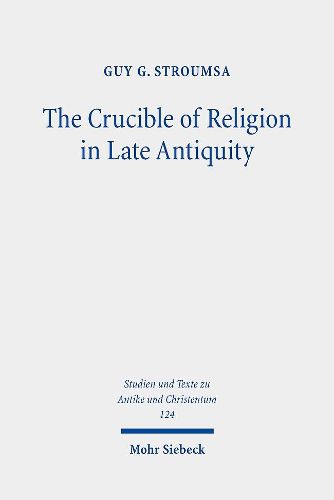Readings Newsletter
Become a Readings Member to make your shopping experience even easier.
Sign in or sign up for free!
You’re not far away from qualifying for FREE standard shipping within Australia
You’ve qualified for FREE standard shipping within Australia
The cart is loading…






The religious revolution of late antiquity and its intertwined religious history are reflected in a broad array of new forms of religious belief and practice, of which Christianity is only the most perceptible one. It is represented in the passage from polytheistic systems to monotheistic and dualist ones, as well as in the move from rituals centred upon sacrifices in temples to rituals established upon scriptures, in churches, synagogues, or mosques. This double dynamism of beliefs and rituals sheds light on the transformations of religious ethos. Guy G. Stroumsa’s two-part volume reflects this double argument. The essays all focus on central aspects, such as in Part I on mental aspects of religion in the Roman Empire, as expressed in early Christian texts and traditions, and in Part II on religious communication across the empire’s cultures and communities.
$9.00 standard shipping within Australia
FREE standard shipping within Australia for orders over $100.00
Express & International shipping calculated at checkout
The religious revolution of late antiquity and its intertwined religious history are reflected in a broad array of new forms of religious belief and practice, of which Christianity is only the most perceptible one. It is represented in the passage from polytheistic systems to monotheistic and dualist ones, as well as in the move from rituals centred upon sacrifices in temples to rituals established upon scriptures, in churches, synagogues, or mosques. This double dynamism of beliefs and rituals sheds light on the transformations of religious ethos. Guy G. Stroumsa’s two-part volume reflects this double argument. The essays all focus on central aspects, such as in Part I on mental aspects of religion in the Roman Empire, as expressed in early Christian texts and traditions, and in Part II on religious communication across the empire’s cultures and communities.